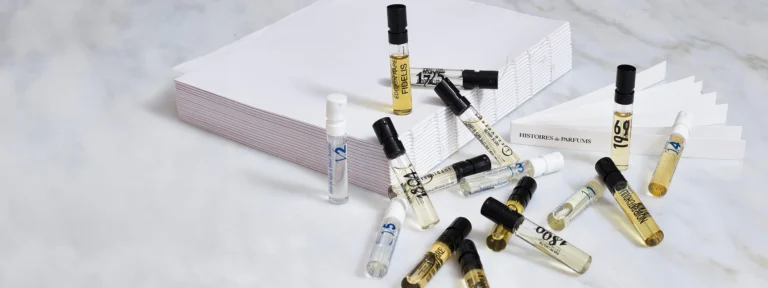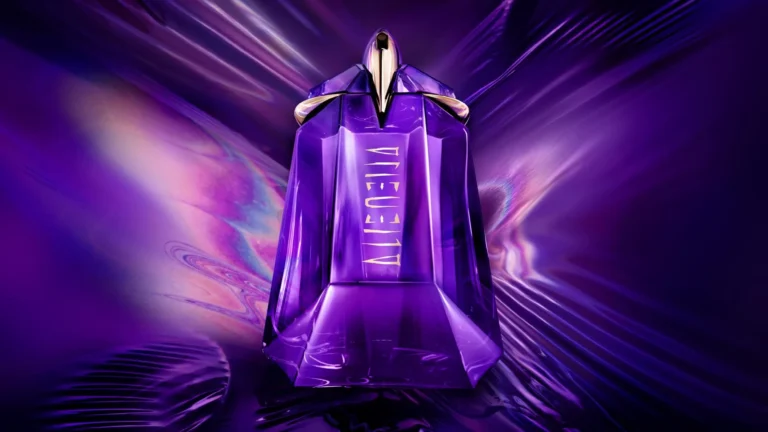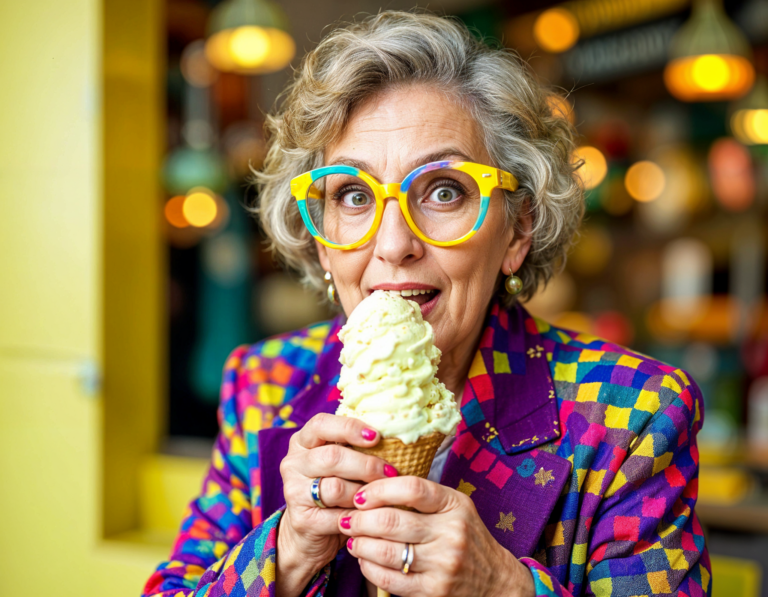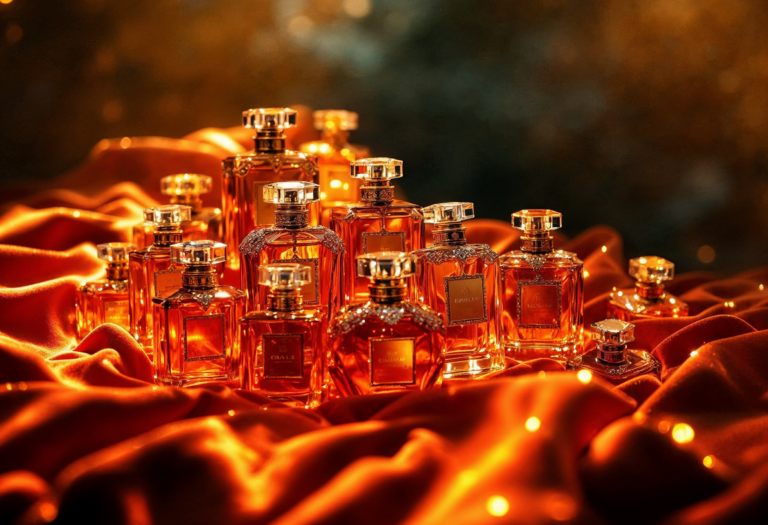Chanel No. 5: The Perfume That Revolutionized the Fragrance Industry
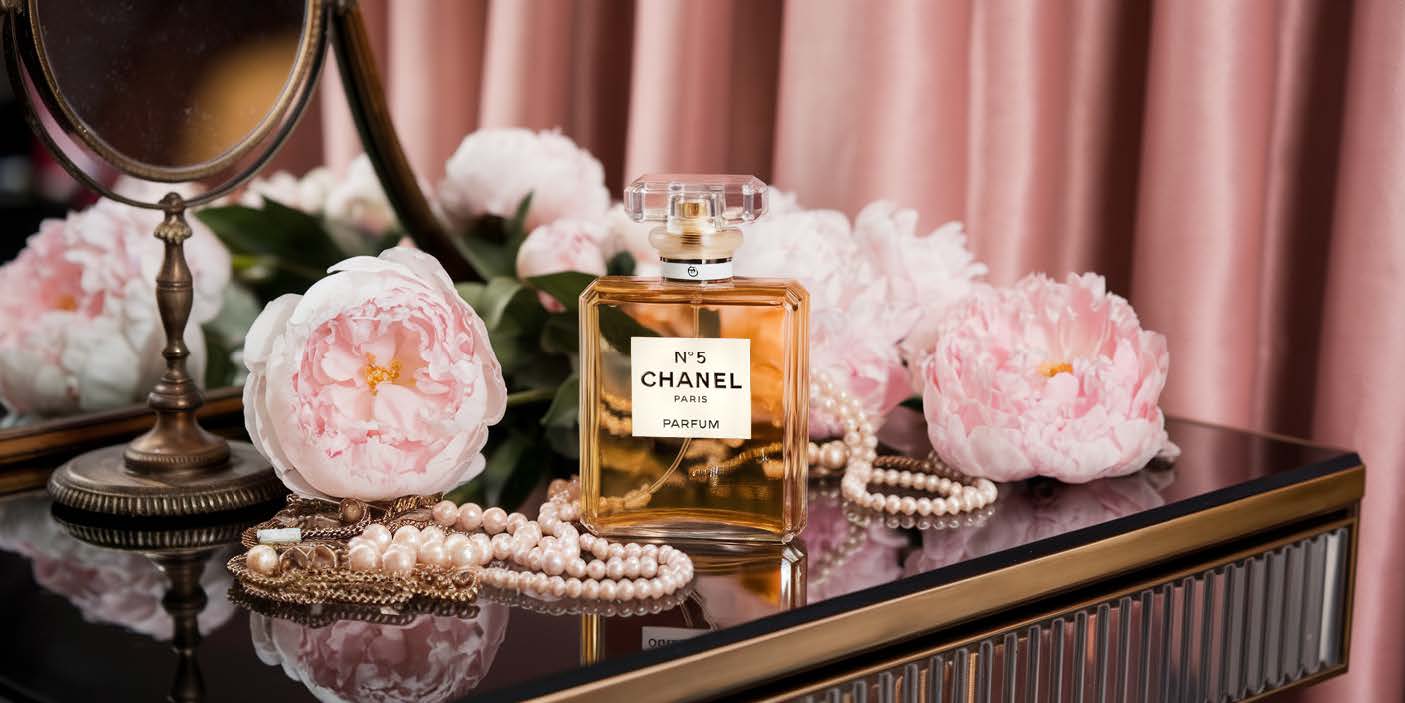
Discover the timeless allure of Chanel No. 5, The Perfume That Revolutionized the Fragrance Industry forever. Since its debut in 1921, Chanel No. 5 has stood as a symbol of sophistication, elegance, and innovation in the world of luxury perfumes. Beloved by fashion icons and Hollywood stars, this iconic scent redefined how we experience fragrance, offering a unique blend of artistry and emotion. Explore the rich history, unmatched composition, and enduring influence of Chanel No. 5—your ultimate guide to understanding why this perfume remains a must-have for lovers of classic luxury.

The Vision Behind Chanel No. 5
When Gabrielle “Coco” Chanel first sought to create a fragrance in the early 1920s, she had a vision of breaking from convention. She didn’t want another demure floral perfume or a subtle single-note scent like most women wore at the time. Instead, she wanted a fragrance that would embody the audacious, modern spirit of her fashion designs. To bring this dream to life, she collaborated with renowned perfumer Ernest Beaux, who embraced her radical ideas.
Beaux had previously served as a perfumer in the Russian imperial court, and his background gave him a flair for crafting innovative scents. Coco Chanel famously asked him for a perfume that would “smell like a woman, not a rose.” With this in mind, Beaux set to work creating a series of samples. Legend has it that Coco chose the fifth sample—hence, Chanel No. 5. From its very name, one can already sense the bold simplicity that underpins the entire brand.
Aldehydes: A Revolutionary Ingredient
What truly set Chanel No. 5 apart at the time of its launch was its innovative use of aldehydes. These synthetic molecules had never before been used in such a high concentration in a fine fragrance. Aldehydes added a crisp, almost champagne-like sparkle to the perfume, lifting the floral notes and giving the scent an abstract, ethereal quality that was entirely new to perfume-wearers of the 1920s.
Where most perfumes of the day were dominated by natural floral absolutes, Chanel No. 5 marched to the beat of a different drum. This juxtaposition of synthetic aldehydes with classical floral elements became a game-changer. Suddenly, perfume was not limited to what came directly from nature; the laboratory could now shape, amplify, and enhance the natural essences, turning fragrance composition into an art form that transcended tradition. Chanel No. 5’s success served as both validation and inspiration for perfumers around the world, setting the stage for the modern fragrance industry’s embrace of synthetic components.
The Perfect Balance: A Symphony of Notes
Still, it wasn’t just the aldehydes that made Chanel No. 5 so unique. The entire composition of the perfume was carefully orchestrated to strike a perfect balance among its various notes. Jasmine and May rose are at the heart of this fragrance, giving it a sensual floral warmth. Sandalwood and vetiver provide an earthy, sophisticated depth. Ylang-ylang contributes an exotic nuance, while citrusy top notes brighten the opening moments of the scent.
This meticulously constructed balance was unlike anything available at the time. Previous perfumes often showcased a single dominant note, usually a floral or a herbaceous component, but Chanel No. 5 combined multiple facets in such a way that no single note overly dominated the mix. This complexity, woven together with the sparkling aldehydes, created an aura of mystery and timelessness. The result was a perfume that felt both comfortingly familiar and completely novel, something critics and customers alike found irresistible.

Coco Chanel’s Marketing Genius
Although the juice itself was revolutionary, Chanel No. 5’s ascent into global fame can’t be separated from the brand’s shrewd marketing. Coco Chanel was one of the first in the fashion and beauty industries to understand that selling a lifestyle and an image was just as important as selling a product. The sleek, minimalist bottle—clear glass with a simple, understated label—was a radical departure from the ornate, decorative flacons that were typical at the time. This simplicity aligned perfectly with Chanel’s modern fashion aesthetic.
Moreover, Coco Chanel herself wore Chanel No. 5 religiously, and her personal endorsement naturally sparked curiosity and admiration among her affluent clientele. Then came strategic product placements and celebrity endorsements. By the mid-20th century, Marilyn Monroe famously declared that she wore nothing to bed but “a few drops of Chanel No. 5,” cementing the perfume’s place in pop culture legend. That single quote, repeated countless times in newspapers and magazines, introduced the scent to a new generation of admirers and solidified its status as a symbol of glamour and sensuality.
Redefining Luxury and Aspiration
Before Chanel No. 5, many fragrances were perceived as either cheap drugstore products or exclusive luxuries reserved for high-society ladies. Chanel No. 5 effectively blurred the lines, making a luxurious perfume aspirational yet accessible to a broader audience. Its popularity was not just a fad—it became an essential part of many women’s personal style.
What made it so irresistible was how Chanel No. 5 stood for more than just a beautiful aroma; it represented the liberated, modern woman—someone who embraced elegance without being beholden to fussy traditions. Wearing Chanel No. 5 became a statement of sophistication and independence. This carefully constructed identity made the perfume a must-have accessory for women who idolized Coco Chanel’s pioneering spirit.
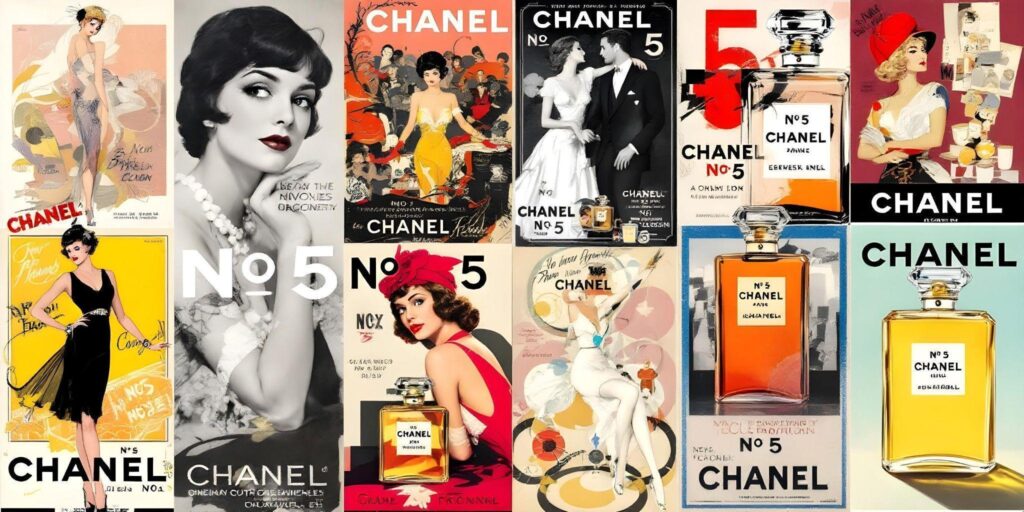
Enduring through Changing Times
One mark of a truly timeless fragrance is its ability to remain relevant as tastes and trends evolve. In the 1920s, Chanel No. 5 was a bold rebellion against the pale, single-note florals of its day. Through the 1950s, it became synonymous with Hollywood glamour. During the free-spirited 1970s, it remained a steadfast classic in a perfume market brimming with experimental scents. And even now, in the era of niche perfumes and ever-changing trends, Chanel No. 5 holds its ground.
While other classic perfumes sometimes fade in popularity due to dated branding or changing consumer tastes, Chanel No. 5 continuously reinvents itself via carefully curated advertising campaigns and limited-edition bottle designs. Yet the formula itself remains meticulously preserved, a testament to its near-perfect balance. Its ability to remain fresh, relevant, and instantly recognizable—despite almost a century having passed since its creation—is part of what cements Chanel No. 5’s place in history.
A Blueprint for Modern Perfumery
Chanel No. 5’s significance goes beyond its own success. It served as a blueprint for modern perfumery, demonstrating how daring olfactory structures, synthesized molecules, and refined marketing could combine to create not just a scent, but a cultural phenomenon. The perfume broke away from old-world ideals of precious natural essences dictating a fragrance’s identity. Instead, it harnessed modern chemistry to transform and enhance natural materials, ushering in an era of bold experimentation.
In many ways, today’s perfume industry owes much to the pioneering spirit of Chanel No. 5. The majority of contemporary fragrance formulas employ synthetic molecules that replicate, shift, or enhance the character of natural ingredients. From fresh aquatic scents to richly gourmand perfumes, you can find the essence of Chanel No. 5’s innovation echoing across every category. Even niche perfumers who shy away from mainstream formulas acknowledge the historical importance of Ernest Beaux’s masterpiece.
Cultural Impact and Global Recognition
It’s hard to talk about Chanel No. 5’s legacy without addressing the global recognition it has achieved. Beyond its revered position in the fragrance world, this perfume has become a pop culture mainstay. It has starred in countless films, commercials, and photo shoots—each time continuing the narrative of elegance and desire that Coco Chanel envisioned a century ago.
The brand regularly taps into the star power of international celebrities to maintain the aura of exclusivity and refinement. Over the years, famous faces such as Nicole Kidman, Brad Pitt, and Gisele Bündchen have appeared in Chanel No. 5 campaigns, each reintroducing the scent to a new cohort of consumers. Each campaign reaffirms Chanel No. 5’s timeless DNA, bridging the gap between nostalgia for the scent’s storied past and a contemporary sense of style and aspiration.
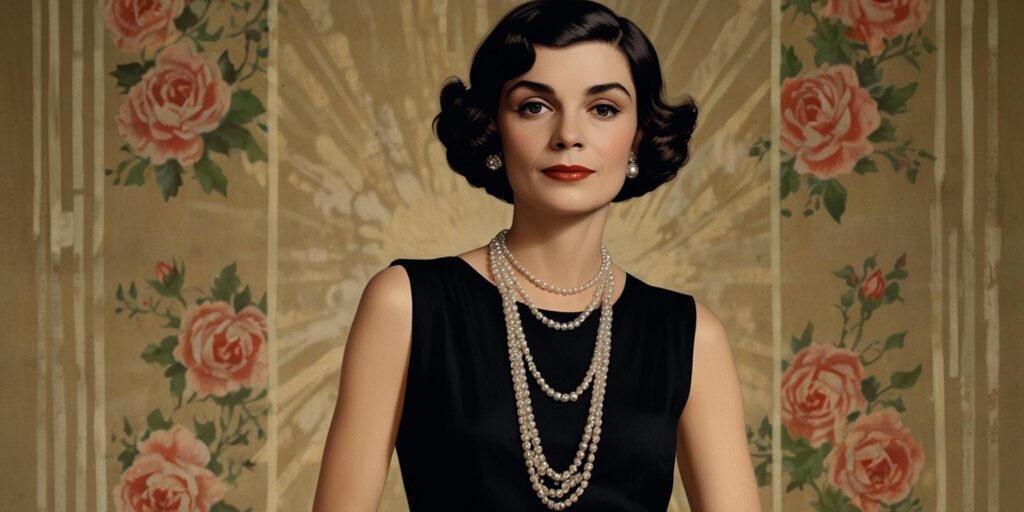
A Fragrance for the Ages
Chanel No. 5 is more than just a perfume in a sleek glass bottle. It is a piece of cultural history, an emblem of enduring femininity, and arguably one of the greatest triumphs in the world of fragrance. From its inception, it shattered the norms of its day—boldly pairing synthetic aldehydes with lush florals, doing away with excessive ornamentation, and harnessing the power of modern marketing to capture the public’s imagination.
To this day, it remains a yardstick by which other perfumes are measured, a staple in the collections of fragrance connoisseurs, and a source of inspiration to countless perfumers across the globe. The story of Chanel No. 5’s creation, rise, and continued relevance exemplifies the transformative power of innovation and courage in any artistic field. Each time you catch its unmistakable scent in the air, you’re experiencing a piece of history—one that will forever be linked to the liberation, sophistication, and timeless beauty that Coco Chanel championed.
From 1921 to the present day, Chanel No. 5 has remained a symbol of refinement and ingenuity, proving that true classics never go out of style. Its creation redefined what was possible in perfumery and ushered in a new era of fragrance design. For countless admirers—past, present, and future—Chanel No. 5 stands not merely as a fragrance but as an icon, forever etched into the fabric of cultural consciousness. And in the world of scent, there can be no greater accolade.

